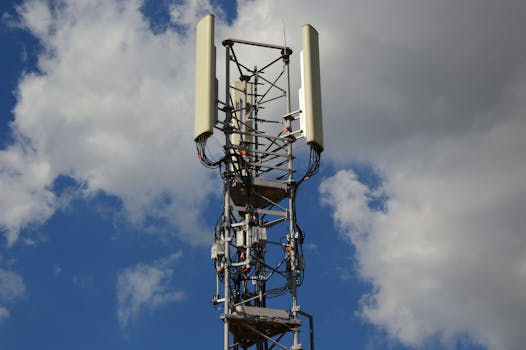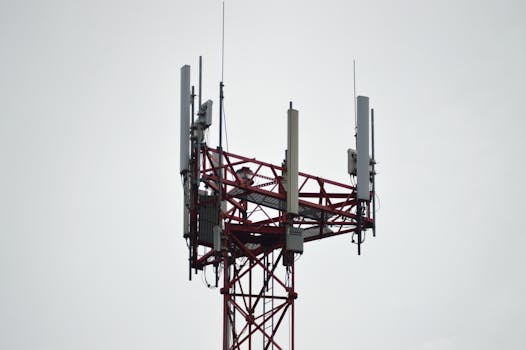Building a Sustainable Telecom Infrastructure in Africa: Strategies and Success Stories – Sustainable Telecom

Building a Sustainable Telecom Infrastructure in Africa: Strategies and Success Stories – Sustainable Telecom
Building a sustainable telecom infrastructure in Africa is crucial for the continent’s economic growth and development. With a large and growing population, Africa needs a reliable and efficient telecommunications system to connect people, businesses, and governments. In this article, we will explore the importance of sustainable telecom infrastructure in Africa, discuss strategies for building and maintaining it, and highlight success stories from across the continent.
Introduction to Sustainable Telecom Infrastructure in Africa

Building a sustainable telecom infrastructure in Africa is a complex task that requires careful planning, investment, and collaboration among governments, private sector companies, and international organizations. The goal is to create a telecom infrastructure that is not only reliable and efficient but also environmentally sustainable and socially responsible. This means using renewable energy sources, reducing electronic waste, and ensuring that telecom services are accessible and affordable for all.
Strategies for Building a Sustainable Telecom Infrastructure in Africa

There are several strategies that can be used to build a sustainable telecom infrastructure in Africa. These include:
- Investing in renewable energy: Using solar, wind, and other renewable energy sources to power telecom towers and data centers can reduce carbon emissions and operating costs.
- Implementing energy-efficient technologies: Using energy-efficient technologies such as lithium-ion batteries and fuel cells can reduce energy consumption and lower operating costs.
- Reducing electronic waste: Implementing e-waste recycling programs and designing telecom equipment for recyclability can reduce the environmental impact of the telecom industry.
- Increasing access to telecom services: Implementing policies and programs to increase access to telecom services for underserved populations can help to bridge the digital divide and promote economic development.
Success Stories in Sustainable Telecom Infrastructure in Africa

There are several success stories in sustainable telecom infrastructure in Africa. These include:
- Mauritius: The government of Mauritius has implemented a number of initiatives to promote sustainable telecom infrastructure, including investing in renewable energy and implementing e-waste recycling programs.
- Rwanda: The government of Rwanda has implemented a number of initiatives to increase access to telecom services, including investing in fiber optic cables and implementing policies to promote the use of mobile money.
- South Africa: The government of South Africa has implemented a number of initiatives to promote sustainable telecom infrastructure, including investing in renewable energy and implementing energy-efficient technologies.
Conclusion

Building a sustainable telecom infrastructure in Africa is crucial for the continent’s economic growth and development. By investing in renewable energy, implementing energy-efficient technologies, reducing electronic waste, and increasing access to telecom services, governments and private sector companies can help to create a telecom infrastructure that is not only reliable and efficient but also environmentally sustainable and socially responsible.
See more:




